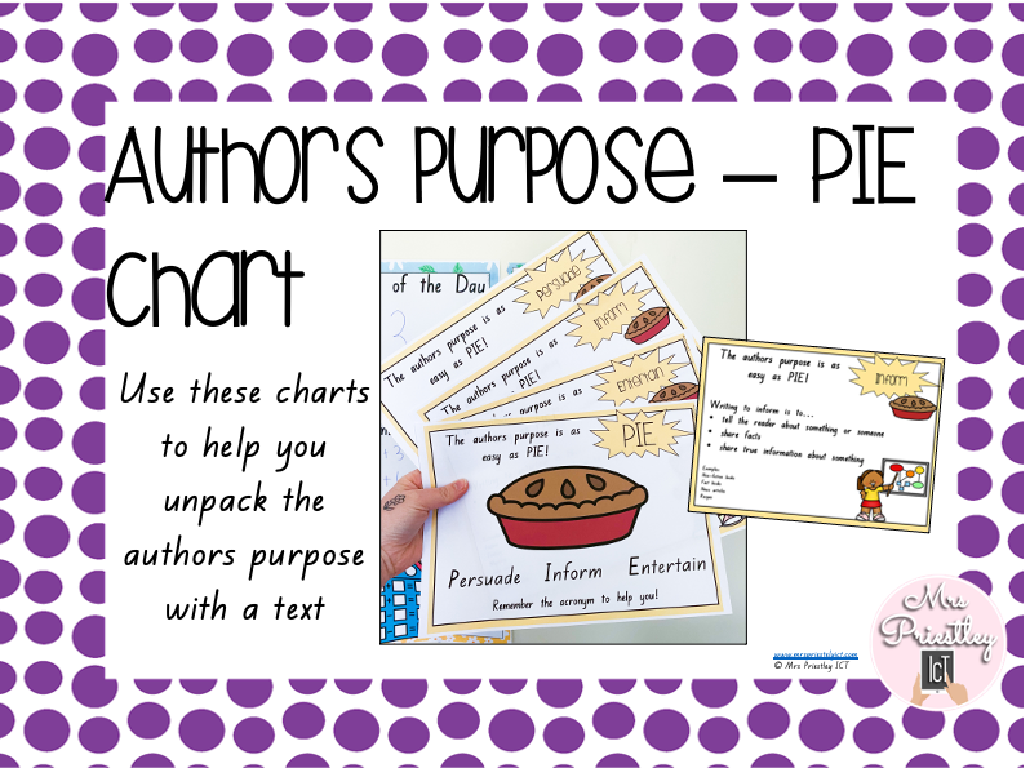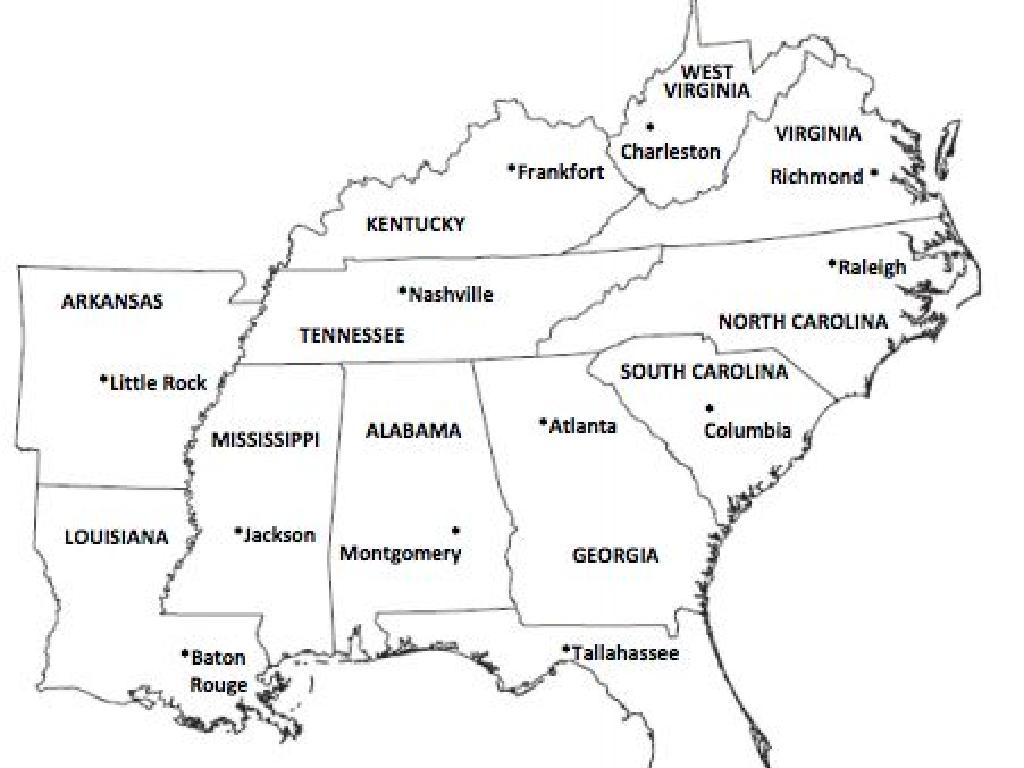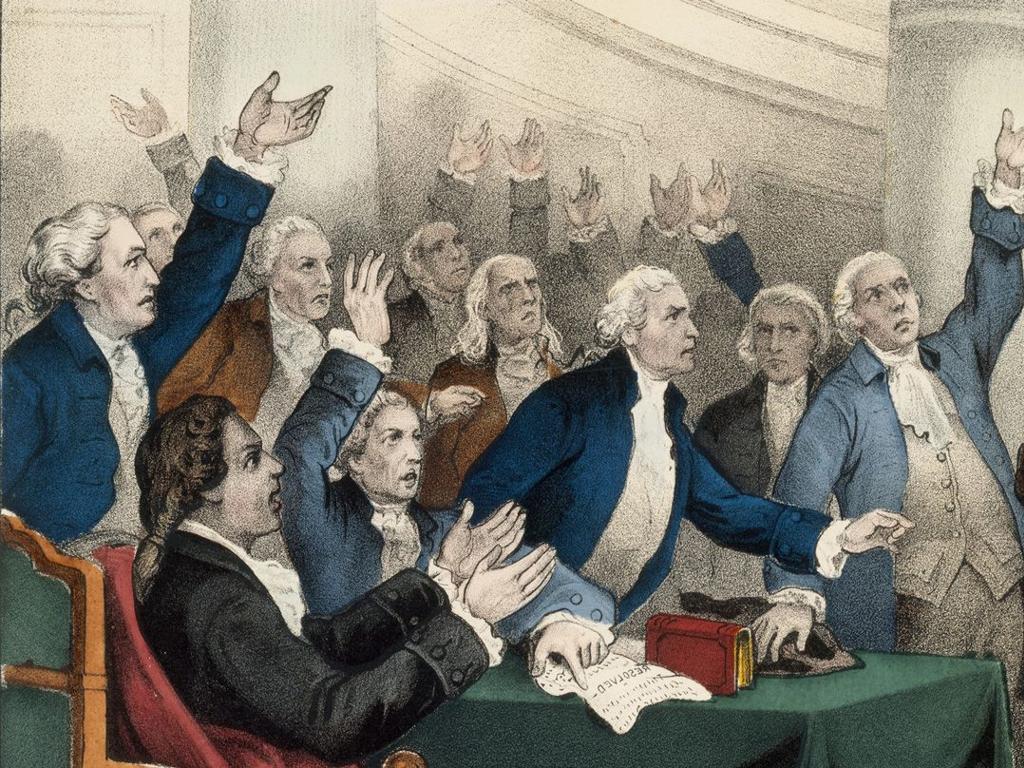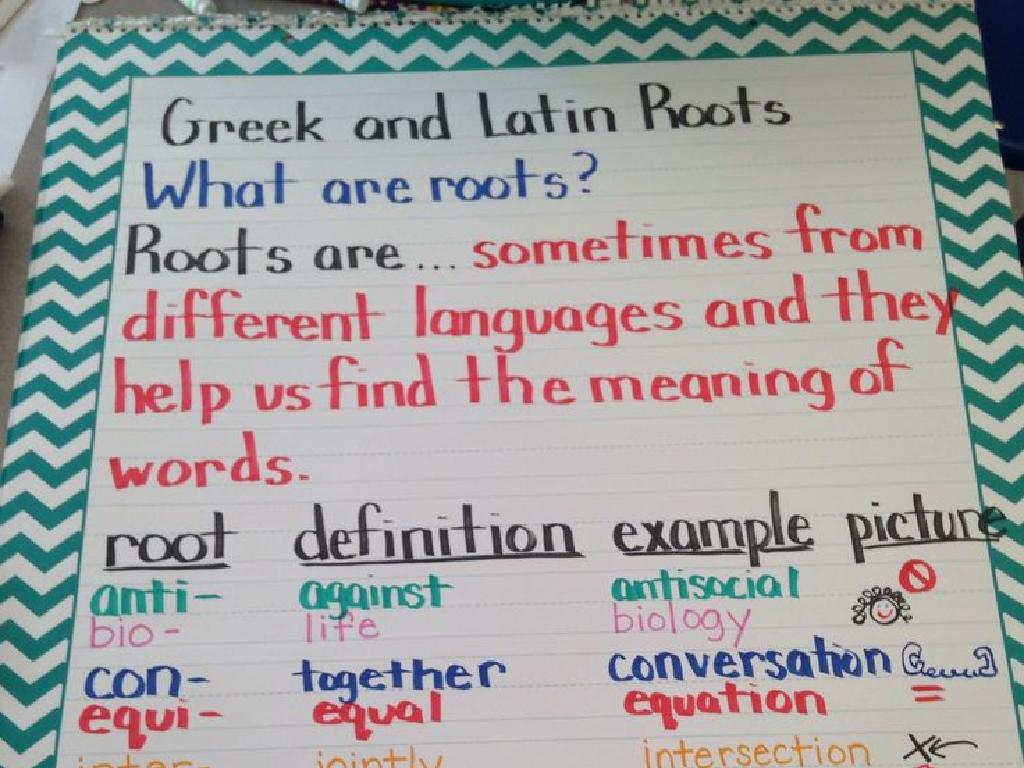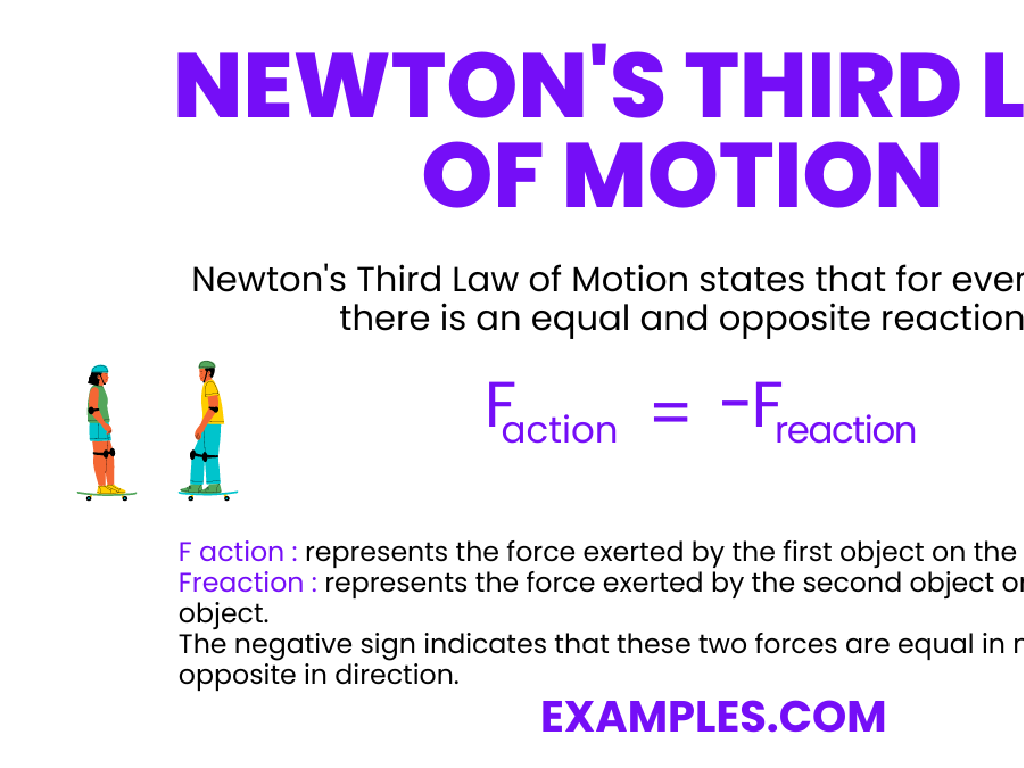Frequently Confused Letters: Find The Letter
Subject: Language arts
Grade: Kindergarten
Topic: Letter Identification
Please LOG IN to download the presentation. Access is available to registered users only.
View More Content
Welcome to Letter Land!
– Play ‘Find the Letter’ game
– Learn about similar-looking letters
– Letters like ‘b’ and ‘d’ or ‘p’ and ‘q’ can be tricky to tell apart
– Become a Letter Detective
– Use your detective skills to find the right letters
– Spot the differences in letters
– We’ll practice how to tell letters apart by their shapes
|
This slide introduces the ‘Find the Letter’ game to help kindergarteners distinguish between commonly confused letters. The objective is to make learning fun by turning it into a detective game, where students will search for and identify specific letters. Emphasize the importance of recognizing the small differences in letter shapes, such as the direction of the curves in ‘b’ and ‘d’ or the orientation of ‘p’ and ‘q’. Encourage the children to look closely and compare the letters. During the activity, provide examples and guide them through the process of identifying each letter correctly. Celebrate their successes as they become more confident in their letter identification skills.
Meet the Letters: Spot the Difference!
– Letters can look like twins
– ‘b’, ‘d’, ‘p’, ‘q’ – spot the differences
– ‘b’ has a belly, ‘d’ has a diaper, ‘p’ is a plate with a stick, ‘q’ is a queen with a crown
– Learn tricks to tell them apart
– We’ll use shapes and stories to remember
– Practice with fun activities
|
This slide introduces the concept of frequently confused letters to Kindergarten students. Emphasize that some letters look very similar and can be tricky to differentiate. Use visual aids and storytelling to help children remember the differences: ‘b’ has a round belly in front, ‘d’ wears a diaper on its back, ‘p’ looks like a plate with a stick, and ‘q’ is a queen with a little crown. Incorporate engaging activities where children can practice identifying and writing these letters, such as letter hunts or matching games. Reinforce learning with praise as they begin to recognize and distinguish each letter confidently.
Learning Letters: ‘b’ and ‘d’
– ‘b’ has a belly in front
– Picture ‘b’ with a round belly sticking out.
– Write ‘b’ with a bat and ball
– Start with a straight line down, then add a round circle: like a bat before the ball.
– ‘d’ has a bottom behind
– Imagine ‘d’ with a round bottom sitting down.
– Draw ‘d’ with a drum and stick
– Make a circle first for the drum, then a line for the drumstick.
|
This slide is designed to help Kindergarten students differentiate between the frequently confused letters ‘b’ and ‘d’. Use visual imagery to help them remember the shape and formation of each letter. For ‘b’, students should visualize a big belly in front, and for ‘d’, a big bottom behind. Encourage them to practice writing ‘b’ by thinking of starting a baseball bat, then adding the ball. For ‘d’, they should draw a drum first, then add the drumstick. Incorporate physical activities where they can trace these letters in the air or on each other’s backs to reinforce the motor patterns for writing ‘b’ and ‘d’.
Letter Buddies: ‘p’ and ‘q’
– ‘p’ is like a pirate
– Imagine ‘p’ with a patch and a straight leg down.
– ‘q’ is like a queen
– Picture ‘q’ with a lovely head and a gown flowing down.
– Drawing ‘p’ and ‘q’
– Spot the differences
– Look at how ‘p’ and ‘q’ stand differently on the line.
|
This slide is designed to help Kindergarten students differentiate between the commonly confused letters ‘p’ and ‘q’ through visualization and drawing. By associating each letter with a character, children can remember the unique features of each letter. ‘p’ is depicted as a pirate with an eye patch and a leg standing down, while ‘q’ is likened to a queen with a decorative head and a long, flowing gown. Encourage the students to draw both letters and discuss the differences they observe. This activity not only aids in letter recognition but also engages their creativity and fine motor skills.
Practice Time: Writing Letters
– Practice writing ‘b’, ‘d’, ‘p’, ‘q’
– ‘b’ has a big belly in front, ‘d’ has a big back
– Remember tricks to tell them apart
– ‘p’ is a plunging pirate, ‘q’ is a queen with a tail
– Trace letters, then write on your own
– Start with dotted lines, then without help
– Have fun with letter shapes
|
This slide is for a class activity focused on practicing the writing of commonly confused letters ‘b’, ‘d’, ‘p’, and ‘q’. Encourage the children to remember the unique features of each letter to differentiate them. For example, ‘b’ has a belly in front, and ‘d’ has a back. ‘p’ plunges down, and ‘q’ has a tail like a queen. Provide worksheets with dotted lines of these letters for the children to trace over, which will help them understand the shape and orientation of each letter. After tracing, they should try to write the letters on their own. Make the activity enjoyable by relating the letters to characters or objects they can visualize. The goal is to build their confidence in letter identification and writing through repetition and visual association.
Letter Hunt: Be a Letter Detective!
– Become a Letter Detective
– Search for ‘b’, ‘d’, ‘p’, ‘q’ objects
– Look for items like ball, dog, pen, quilt
– Classroom is your exploration zone
– Ready, set, go! Find the letters
|
This slide introduces a fun and interactive game for Kindergarten students to help them distinguish between commonly confused letters. The activity turns the classroom into an exploration area where students search for objects that start with the letters ‘b’, ‘d’, ‘p’, and ‘q’. This hands-on approach reinforces letter recognition and phonemic awareness. Teachers should prepare by ensuring there are objects that start with these letters in the classroom. During the activity, guide the students to pronounce the letter sounds correctly and help them identify the objects they find. After the hunt, gather the students and review the objects found, emphasizing the letter each object starts with. This will help students associate the letter with the sound it makes and the shape it has.
Class Activity: Letter Match-Up
– Cards with ‘b’, ‘d’, ‘p’, ‘q’
– Match letters with pictures
– Find the picture that starts with the letter on your card
– Collaborate with classmates
– Help each other learn
– If your friend is stuck, give them hints!
|
This activity is designed to help students differentiate between commonly confused letters by associating them with corresponding pictures. Provide a set of cards with the letters ‘b’, ‘d’, ‘p’, and ‘q’ and a variety of pictures that start with these letters. Encourage the children to work together to match each letter with the correct picture. For example, ‘b’ with ‘ball’, ‘d’ with ‘dog’, ‘p’ with ‘pen’, and ‘q’ with ‘queen’. Promote teamwork by asking the students to help their friends if they notice someone struggling. This collaborative approach reinforces learning through peer interaction. Possible activities for different students could include sorting the cards, creating words with the letters, or even a scavenger hunt where they find items around the room that start with their assigned letter.
Congratulations, Letter Detectives!
– You’ve learned ‘b’, ‘d’, ‘p’, ‘q’
– Spot the differences between them
– ‘b’ has a belly, ‘d’ has a diaper, ‘p’ is a plane taking off, ‘q’ is a queen with a crown
– Keep practicing your letter skills
– You’re on your way to being experts!
|
This slide is a celebration of the students’ achievements in learning to differentiate between commonly confused letters. It’s important to praise their efforts and encourage them to continue practicing. Remind them of the fun ways we’ve learned to tell the letters apart, like ‘b’ with its belly in front and ‘d’ with its diaper on the back. Reinforce that with practice, they will become letter experts. You can suggest parents to play letter-spotting games at home or use apps that turn letter identification into a fun activity. Keep the learning environment positive and affirming, as confidence is key to early literacy development.

